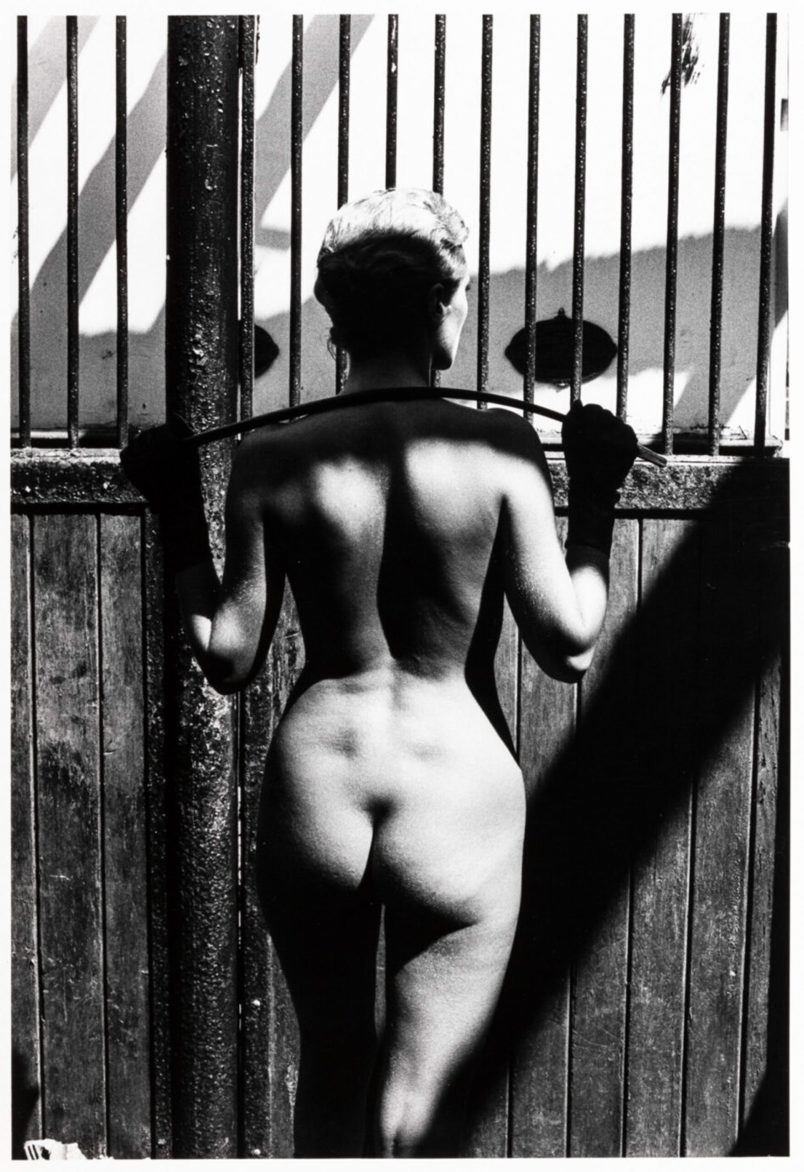
Glenda Cinquegrana Art Consulting is proud to present
From May 21 – Jun 5, 2023
“I think the woman who gives the appearance of being available is sexually much more exciting than a woman who’s completely distant. I find this sense of availability erotic”. (Helmut Newton)
Glenda Cinquegrana Art Consulting is proud to present an OVR dedicated to one of Europe’s most influential photographers, Helmut Newton.
The OVR focuses on his sense of voyeurism, his provocative and controversial vision that indelibly marked the history of fashion photography. His gaze on the female body, seen through time as controversial, could now be perceived as a tool for the empowerment of women, which could make his work more contemporary than ever.
Helmut Newton, born Helmut Neustädter in 1920 in Berlin to a family of Jewish heritage, expressed an interest in photography from an early age. In 1938, Newton and his family fled Germany to escape Nazi persecution, after which Newton found work as a photographer in Singapore.
The artist changed his name to Newton in 1946, and he soon became an iconic fashion photographer noted for his radical, edgy, content. His work connotes a strong sense of voyeurism, both provocative and controversial. The artist has drawn inspiration from film noir, Expressionist cinema, sado-masochism, and surrealism. Much of Newton’s photographs were taken outside of the studio, as the artist preferred to document his models in the intricate decor of mansions, elegant villas, and distinguished hotels.
Newton has been criticized by feminists for his highly suggestive subject matter, using women’s bodies as tools for building up his own language. But rather than being a user, Newton empowers the women in many ways: the beauty of the bodies, the poses the gestures are often an allusion to a new power that is seemingly a product of freedom of expression and sexuality, that even if it is corresponding a male gaze, is every time an empowerment tool.
Newton acknowledges how the fashion industry sexualizes the female body, and the role photographers play in supporting this seduction. He took this a step further by freeing the female body entirely from the constraints of clothing while revolutionizing fashion photography. His photographs comment on the changing role of women within Western society at the time and transform the viewer from a mere observer into a voyeur. According to Jean-Luc Monterosso, Newton’s images prefigured a new era in which women could freely display their sexuality and fantasies as men had for centuries. In her text, “By the Grace of Helmut Newton”, Catherine Millet adds that the models in Newton’s images assume a playful nature. The women contribute just as much as the director, connoting a sense of self-mockery towards the situation in which they have been placed.
In his book, Nudities, philosopher Giorgio Agamben mentions Newton’s piece They Are Coming, 1981, which depicts four women walking clothed in one image, and fully naked in another. The poses of these women remain the same, even while naked. Agamben highlights the power assumed by the women, who wear their nudity in the same way in which they wear their clothing.

